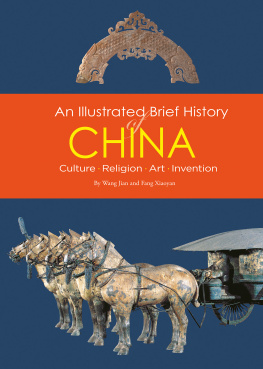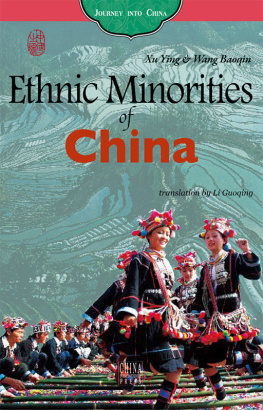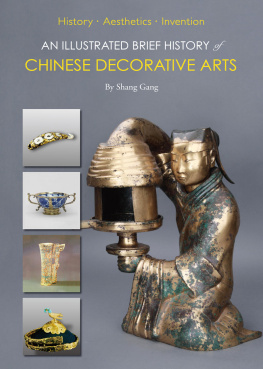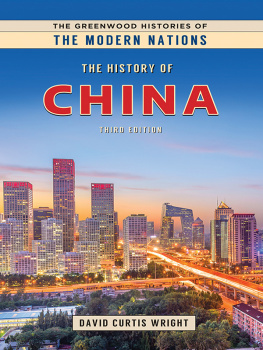An Illustrated Brief History of
CHINA

A Musical Instrument Made of Bronze
Please refer to .
An Illustrated Brief History of
CHINA
Culture Religion Art Invention
By Wang Jian and Fang Xiaoyan
Translated by Wu Yanting
Better Link Press
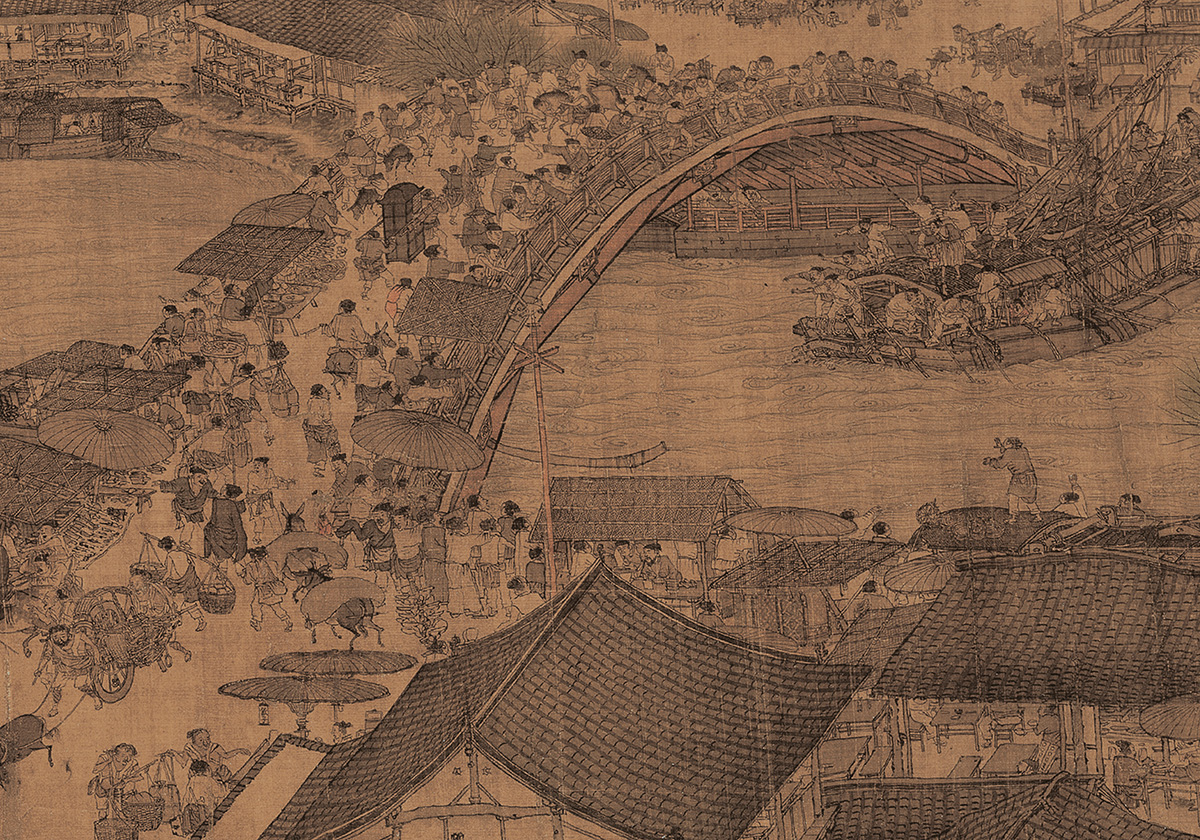
The Middle Section of Scenes along the River during the Qingming Festival
This section dispicts the busy harbor of the Bian River. This river was a hub for water transport of grain to the capital in the Northern Song Dynasty (9601127). It was also an important trade troute. Visible in the painting are crowds of people and cargo boats. Some people were taking a rest in a teahouse; others were having a meal. Coming and going in the river were boats that were tightly lined up. This was the well-known Hongqiao Harbor, where the transportation by land route and by water route merged.
Copyright 2017 Shanghai Press & Publishing Development Company, Ltd.
All rights reserved. Unauthorized reproduction, in any manner, is prohibited.
This book is edited and designed by the Editorial Committee of Cultural China series
Text: Wang Jian, Fang Xiaoyan
Photographs: Cultural Relics Press, Zhai Dongfeng, Quanjing, Getty Images, ImagineChina
Translator: Wu Yanting
Interior Design: Li Jing, Hu Bin (Yuan Yinchang Design Studio)
Cover Design: Wang Wei
Editors: Yang Xiaohe, Wu Yuezhou
Editorial Director: Zhang Yicong
Senior Consultants: Sun Yong, Wu Ying, Yang Xinci
Managing Director and Publisher: Wang Youbu
ISBN: 978-1-60220-169-9
Address any comments about An Illustrated Brief History of China to:
Better Link Press
99 Park Ave
New York, NY 10016
USA
or
Shanghai Press and Publishing Development Company, Ltd.
F 7 Donghu Road, Shanghai, China (200031)
Email:
Printed in China by Shenzhen Donnelley Printing Co. Ltd.
1 3 5 7 9 10 8 6 4 2
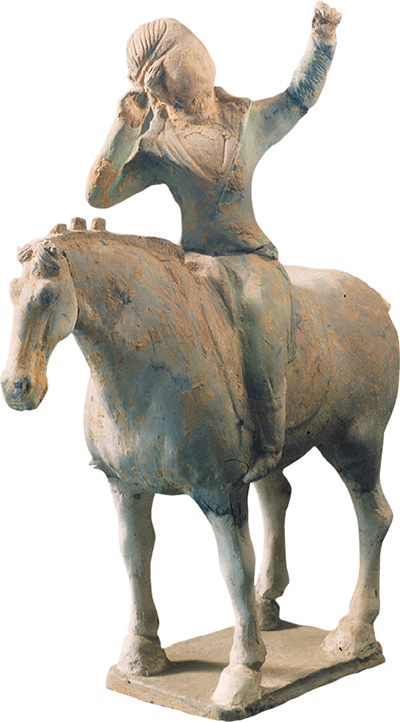
Playing Polo
Please refer to .
INTRODUCTION
C hina has a brilliant and long historyit is one of the birthplaces of human civilization. In a span of several thousand years, China has maintained its cohesion and continuity in culture. This nation in the East, with an uninterrupted history from the Xia (c. 2100c. 1600 BC), Shang (16001046 BC) and Zhou (1046256 BC) dynasties onward, along with its unique ethos, has attracted increasing attention from people all over the world. With this book in hand, you will catch a glimpse of the quintessence of Chinese culture in the expanse of five thousand years.
A voluminous book is not the only way to tell history. This book aims to pick up, from the enormous content of magnificent Chinese history, the most brilliant and significant segments to reflect the uniqueness of its culture in each historical period. Pictures of actual objects epitomizing the characteristics of the period are used to illustrate the evolution of Chinese civilization.
This book is divided into nineteen sections. It starts with Chinese ancestors in prehistoric society and goes on to outline the ancient Chinese civilization in the chronological order of Chinese dynasties, with a highlight placed on the achievements of culture, religion, art and invention of each dynasty. The theme in each section reflects outstanding material and spiritual accomplishments of that period and sketches out the historical developments of Chinese culture. A brief introduction placed at the beginning of each section offers a historical background and synopsis, which highlights each section.

The Great Wall
The most recognizable symbol of China, the Great Wall, with its long and vivid history, consists of numerous walls and fortifications. Originally built in the third century BC as a means of preventing incursions from barbarian nomads into the Chinese Empire, the wall is one of the most extensive construction projects ever completed. The best-known and best-preserved section of the Great Wall was built in the fourteenth through seventeenth centuries, during the Ming Dynasty (13681644). In 1987, UNESCO designated the Great Wall a World Heritage site.
As ancient Chinese people often say, you read history with literature on the right hand and maps on the left. Pictures often help to present historic details in a multidimensional manner. When addressing the theme of each section, we chose to use pictures which reveal vivid details of Chinese culture. We made an effort to select pictures that are the most illustrative of the Chinese civilization at the time. These pictures are not only of archeological items but also photos, paintings, as well as charts and maps. They reveal different dimensions of Chinese civilization. The captions are simple but informative. Included at the front of the book is a pictorial chart of Chinese chronology that will make it easy for you to check references and thus better understand the progression of Chinese history.
Confucian once lamented that the passage of time is like running water that will never return. However, history will always be vibrant. Only when we begin to understand different nations and the history of different cultures can we understand why things are what they are today. If you like Chinese culture and hope to gain some understanding of it, this book will help you achieve your goal.
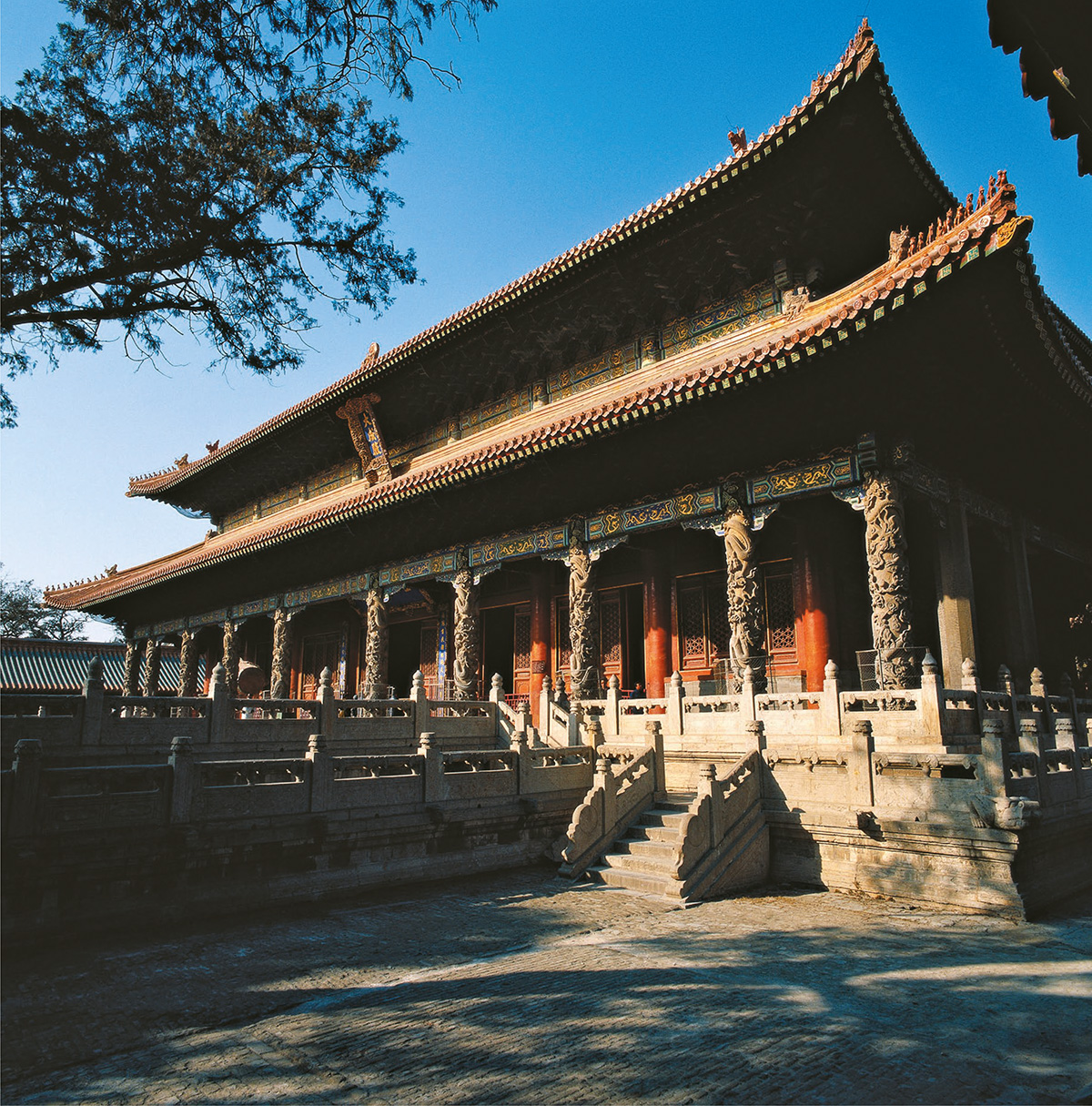
Temple of Confucius
In Qufu, Shandong Province, hometown of Confucius (551479 BC), places in connection with Confucius are still well kept. They include Confucius residence, temples in commemoration of Confucius and tombs where Confucius and his descendants were buried. This is the main building inside the Temple of Confucian, where rites of worshipping Confucius are carried out. It was built in 1724 inspired by the design of a royal palace.
HIGHLIGHTS IN HISTORY
1 million years ago
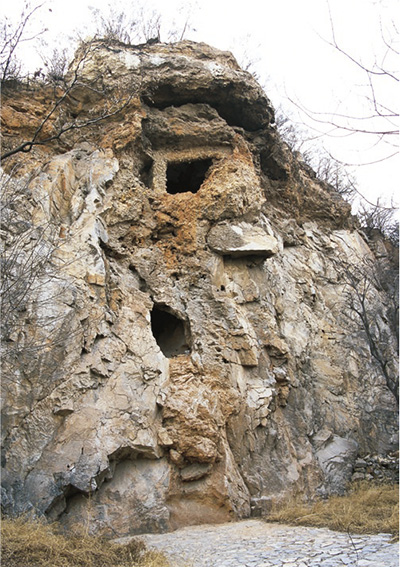
Early human fossils in the Paleolithic era that date back to 460,000 to 230,000 years ago were found in Mountain Longgu, Zhoukoudian, Beijing.
Cultural relics in the earliest Paleolithic period of Europe were found in the Grotto of Vallonnet near Menton in France. They date back to 950,000 to 900,000 years ago.
4,300 BC
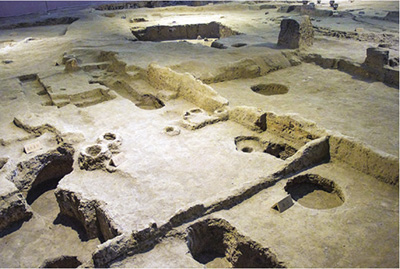
Banpo Village, a Neolithic site of human settlement that dates back to around 5,000 BC, was found in Banpo Village of Xian, Shaanxi Province.
Silk fabric was found dating from the Dawenkou Culture period, 4,300 BC.
In 4,300 BC, village settlements appeared in Sumer in Mesopotamia, West Asia. These settlements grew into townships based around temple structures, thus laying the foundation of urban civilization.
2,500 BC
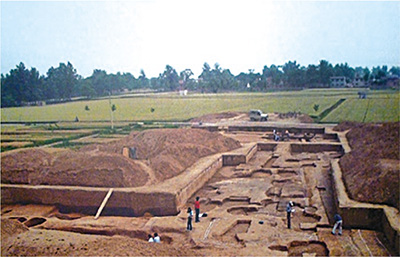
Next page
